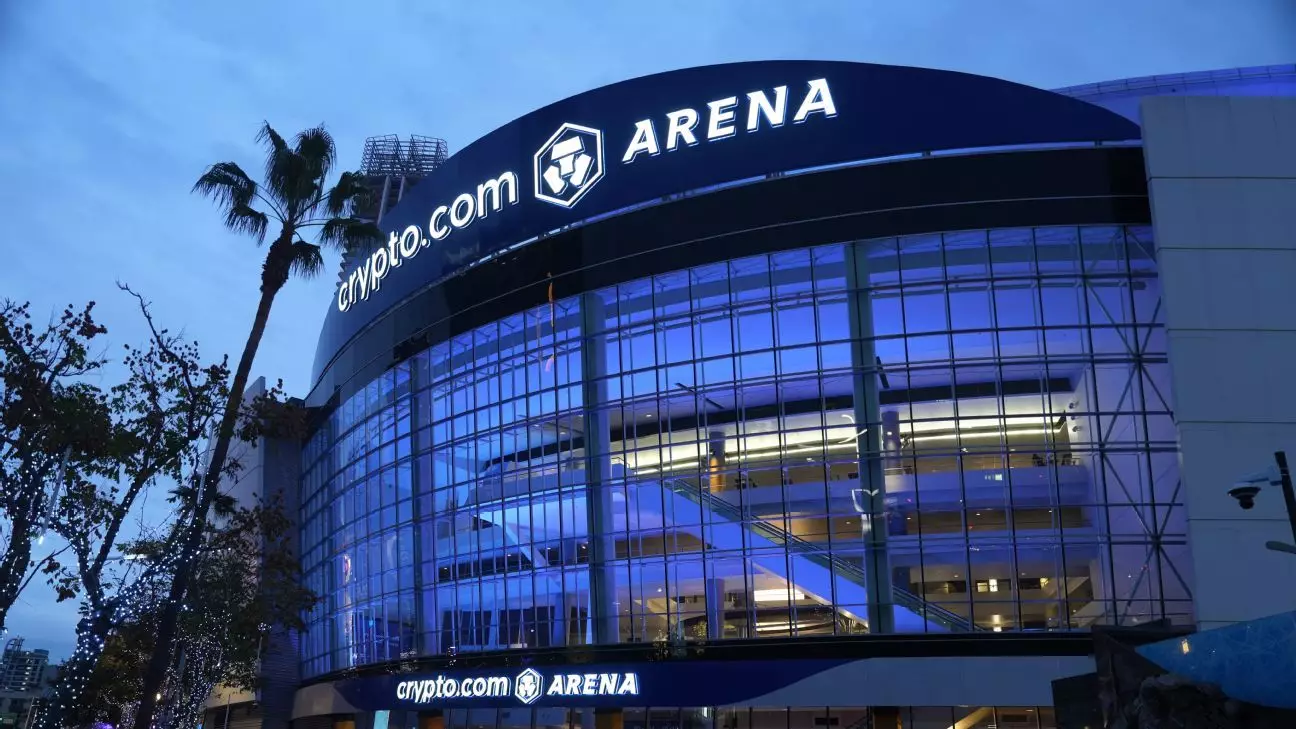Home advantage is often cited as a critical factor in the performance of sports teams across various leagues. The sheer comfort of playing on familiar turf—not to mention the emotional support from local fans—has a profound influence on how teams perform during crucial games. This phenomenon is particularly pronounced during high-stakes playoff situations where the stakes are at their highest. For many athletes, the experience of competing in their home stadium can serve as a catalyst for enhanced performance.
Understanding Home Advantage
The concept of home advantage is not merely anecdotal; it is supported by decades of sports statistics. Teams playing in their home venue habitualize to the environmental nuances, ranging from field size to lighting and even the surface underfoot. This edge can translate into improved focus, a sense of security, and heightened motivation—a psychological boost that can influence the outcome of a game.
In addition, home teams have the luxury of not having to contend with the strains of travel, which can be arduous and taxing both physically and mentally. The familiarity with surroundings, alongside established routines of practice schedules, meals, and rest, allows athletes to perform at their peak.
However, one must acknowledge that home advantage is not uniformly distributed across all teams. Variables such as the strength of the fanbase, the team’s historical performance at home, and the pressure of expectations can all come into play. Some teams thrive under these conditions, while others may falter when faced with their fans’ fervent hopes.
Multi-Team Venues: A Unique Dynamic
Many major North American cities boast arenas and stadiums that host multiple professional teams from different sports leagues. These venues serve as pivotal hubs for sporting culture, embodying the city’s sports identity. Take, for instance, the American Airlines Center in Dallas, which hosts both the NBA’s Dallas Mavericks and NHL’s Dallas Stars. This arrangement fosters a sense of community and pride. It allows fans to support their city across different sports, creating a cohesive identity that transcends individual teams.
Such multi-team venues also illustrate the economic benefits of shared facilities. By pooling resources and infrastructure, teams can lower operational costs, while cities benefit from higher foot traffic during events. They stimulate local economies, offering a showcase for upcoming events, concerts, and other entertainment.
Yet, the pressure to deliver in front of home audiences can also double as a burden. Different sports invoke varied expectations; a disappointing season for a basketball team may contrast sharply with a successful run for a hockey franchise in the same venue, making fan patience a critical yet fragile resource.
Home advantage plays a significant role in the fabric of professional sports, impacting not only player performance but also fan experience and economic dynamics in cities across North America. As leagues continue to evolve and more teams share venues, the complexity of this home-field phenomenon will likely deepen. Understanding these dynamics—both the benefits and pitfalls—will be essential for teams aiming to maximize their performance, their fan engagement, and ultimately, their postseason success. Embracing the home advantage could be the difference between a fleeting victory and a lasting legacy.

